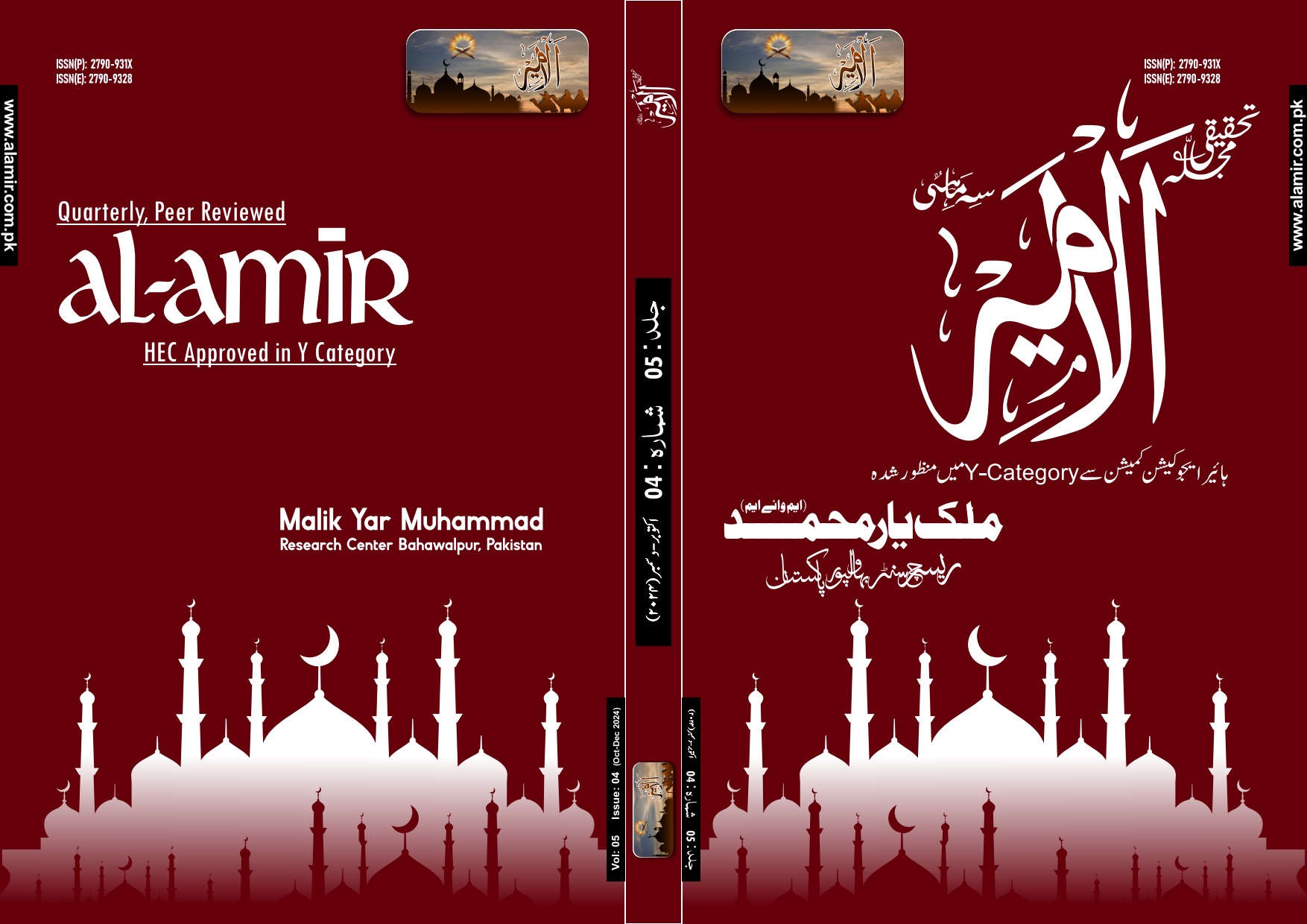The Status of Women in Society: A Comparative Analysis of Islam and Hinduism
Abstract
The status of women in society has been profoundly shaped by religious, cultural, and historical factors, with Islam and Hinduism offering contrasting frameworks that have influenced gender roles and rights across centuries. This comparative analysis explores the roles, rights, and social positions of women in both religious traditions, highlighting the interplay of doctrine, tradition, and societal norms. While both religions have been historically patriarchal, the extent and nature of gender bias, as well as the avenues for reform and empowerment, differ significantly between them.
In Hindu society, traditional practices such as sati, child marriage, and the prohibition of widow remarriage have historically curtailed women's freedoms and reinforced their subordination to men. Property and inheritance rights were largely denied, and social customs often relegated women to domestic roles, with their worth measured as daughters, wives, and mothers. Although Hindu philosophy does not inherently condone gender bias, many practices and rituals have marginalized women, though there are ongoing efforts within various Hindu communities to challenge these norms and promote gender equality.
Conversely, Islamic teachings, as outlined in the Qur’an and Shari’ah, grant women rights to inheritance, property ownership, business, and remarriage, setting a legal framework that, in theory, supports gender equity. However, practices such as purdah (seclusion) and polygamy have imposed social restrictions on women’s autonomy. The respect for women is enshrined in Islamic law, but cultural interpretations and patriarchal traditions have sometimes limited the realization of these rights in practice. Both religions, therefore, exhibit internal diversity, with progressive movements advocating for women’s rights and reinterpretation of religious texts to foster inclusivity.
Ultimately, the status of women in both Islam and Hinduism is not monolithic but shaped by a dynamic interplay of religious teachings, cultural traditions, and reformist movements. While both traditions have historically imposed limitations on women, there are significant differences in the rights accorded and the potential for reform, underscoring the importance of contextual and evolving interpretations in shaping gender roles within these societies.
Keywords: Gender bias, Patriarchy, Inheritance rights, social reform, Religious practices
Views & Downloads Stats:
Downloads
Published
How to Cite
Issue
Section
License
Copyright (c) 2024 Misbah Atta, Wajeeha Ilyas, Dr. Hanan-e-Kalbi

This work is licensed under a Creative Commons Attribution-ShareAlike 4.0 International License.








